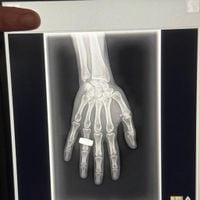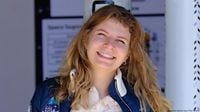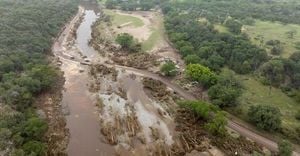On March 31, 2025, American space company SpaceX made history by launching its first piloted mission over the polar regions of Earth. This groundbreaking mission, named Fram2, took off from Cape Canaveral, Florida, aboard a Crew Dragon spacecraft propelled by a Falcon-9 rocket. The crew consisted of four non-professional astronauts, including Rabea Rogge, a 29-year-old electrical engineer and specialist in arctic robotics from Berlin, who became the first German woman to reach space, nearly 50 years after the first German astronaut, Sigmund Jähn, made his journey in 1978.
The Fram2 mission was initiated and funded by Chun Wan, a Chinese-Maltese cryptocurrency billionaire, marking a significant step in the evolution of private space travel. Over the course of four days, the crew will conduct more than 20 scientific experiments at an altitude between 425 and 450 kilometers above Earth, including the cultivation of fungi in microgravity and the first X-ray images of a human in space.
Additionally, the crew will study an atmospheric phenomenon known as "Steve," which is similar to the polar lights. Upon their return, they will attempt to exit the space capsule independently, contributing to scientific research on human adaptation to space travel.
Leading the mission is Chun Wan himself, accompanied by Australian polar guide Eric Philips and Norwegian director and operator Jannicke Mikkelsen, who specializes in capturing footage in extreme environments such as the Arctic and space. Mikkelsen emphasized the uniqueness of their mission, stating, "We are not ordinary NASA astronauts, but certified." This mission pays homage to the Norwegian research vessel Fram, built in the late 19th century for Arctic and Antarctic exploration.
In a remarkable achievement, Commander Chun Wan published the world's first X-ray image taken in Earth orbit during the Fram2 mission. This milestone not only showcases the potential of private space exploration but also opens new avenues for scientific research, allowing for the study of celestial objects using X-ray technology, a method previously limited to Earth-based observations or large telescopes.
Chun Wan described his experience during the flight, noting that he did not feel any significant overload during launch, likening the sensations to those of a normal airplane. He only noticed the effects of weightlessness when a plush polar bear indicator he had unfastened began to float in the cabin. However, the initial hours in space were challenging, as the crew experienced nausea and vomiting due to microgravity. Wan explained that this sensation was distinct from seasickness or motion sickness, as even a small sip of water could lead to discomfort.
The data collected during the Fram2 mission will provide valuable insights into how the human body adapts to the conditions of space. Chun Wan highlighted the importance of such missions in preparing future astronauts, particularly non-professionals, for life in zero gravity.
SpaceX's launch of the Fram2 mission signifies a new era in space travel, where private individuals can participate in groundbreaking scientific research. The mission's focus on the polar regions adds an exciting dimension, as it is the first of its kind to explore these areas from space. The choice of a polar orbit is seen as a strategic move to enhance the mission's uniqueness and scientific value.
As the crew embarks on their journey, they will not only be contributing to scientific knowledge but also inspiring a new generation of explorers and researchers. The success of Fram2 could pave the way for more private missions in the future, further blurring the lines between professional astronauts and civilians in the realm of space exploration.
In summary, the Fram2 mission represents a significant milestone in the history of space travel, combining the efforts of private enterprise with scientific exploration. With its combination of innovative research and the participation of non-professional astronauts, this mission is set to make waves in both the scientific community and the broader public, showcasing the potential of private space travel.





